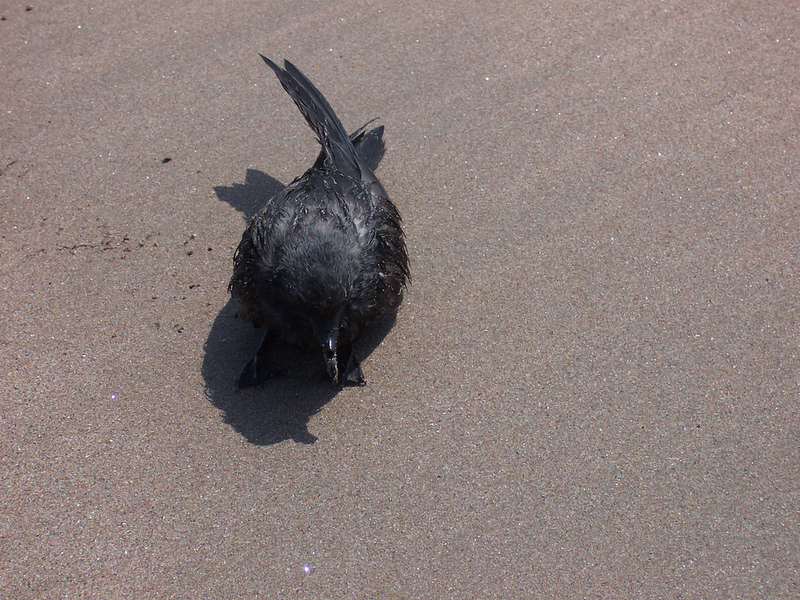|
| 질의: peregrine falcon | 결과: 154번째/163 | |
Black Storm-petrel (Oceanodroma melania) - Wiki
| 제목: | Black Storm-petrel (Oceanodroma melania) - Wiki
| |

| 해상도: 1024x768
파일크기: 730646 Bytes
등록시간: 2007:12:14 10:34:30
|
Black Storm-petrel
From Wikipedia, the free encyclopedia
Order: Procellariiformes
Family: Hydrobatidae
[Photo] Black Storm-petrel (Oceanodroma melania). Fotograf??as de Ricardo Valenzuela. Source: Flickr (www.flickr.com/photos/rianvanu/107856467/). Date: February 25, 2006. Author: rianvanu (www.flickr.com/photos/rianvanu/).
The Black Storm-petrel (Oceanodroma melania) is a small seabird of the storm-petrel family Hydrobatidae. It is 23 cm in length, with a wingspan of 46-51 cm.
The species breeds colonially on islands off the southern California coast of the United States and off the Baja Peninsula and Gulf of California of Mexico. Nesting sites are usually in rock crevices, occasionally in small burrows in soft earth. It also uses unused burrows from auklets. Colonies are attended nocturnally in order to avoid predatory birds such as gulls, Peregrine Falcons and owls. Like most petrels, its walking ability is limited to a short shuffle to the burrow. The female lays a single white egg per breeding season, if the egg is lost then it is replaced only rarely. Both parents share incubation duties, incubation lasting around 50 days. The chick is brooded for a few days after hatching until it is able to thermoregulate by itself, after which both parents forage to provide food. Chicks fledge 10 weeks after hatching.
The Black Storm-petrel spends the rest of the year at sea, but occurring closer to shore than most other storm-petrels. Because of this, it sometimes can be seen from the mainland. It undertakes a migration away from the waters surrounding its breeding colonies and, unusually, has two wintering grounds, one in the California Current off Central California and another further south off the coast of Central America as far south as Colombia. It is thought to migrate in this fashion in order to avoid hurricanes in its breeding grounds.
It feeds on mainly planktonic crustaceans, with a preference of larvae of spiny lobster. It will also take small fish and offal. It feeds using several techniques, including plunge diving to 1 m bellow the water's surface from flight, feeding while swimming on the surface, and feeding while flying. At sea it usually forages singly.
The Black Storm-petrel is a common species, numbering several million pairs, and is not considered threatened. It has suffered losses on some of the breeding islands, particularly from feral cats and rats. Island restoration projects have removed these predators from several of its nesting islands.
http://en.wikipedia.org/wiki/Black_Storm-petrel
| The text in this page is based on the copyrighted Wikipedia article shown in above URL. It is used under the GNU Free Documentation License. You may redistribute it, verbatim or modified, providing that you comply with the terms of the GFDL. |
|
^o^
동물그림창고 똑똑전화 누리집
^o^
|
|